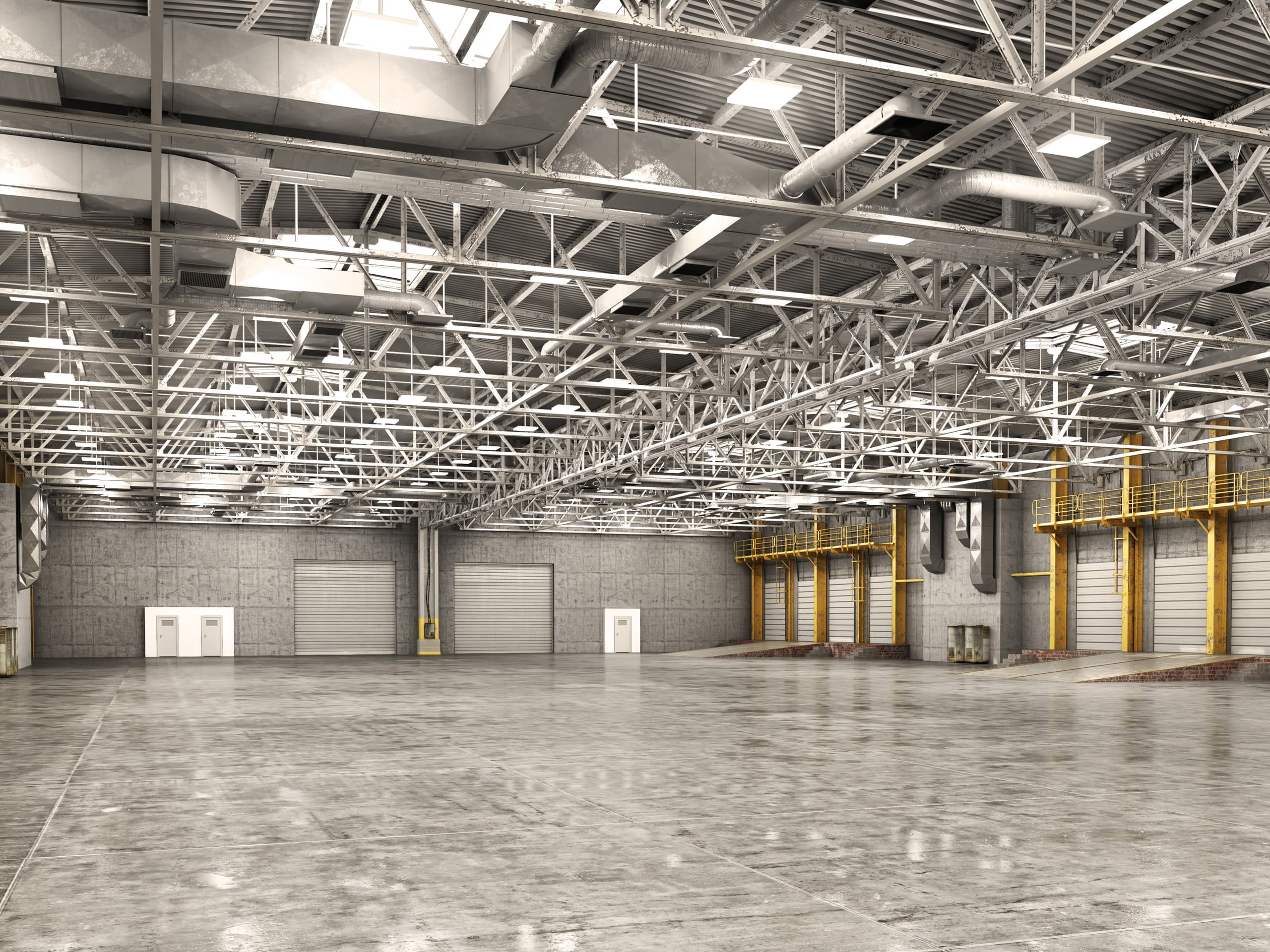Canadian office market update – Q1 2025
Our quarterly update on the Canadian office market, including availability rate, completions, and under-construction data

Key highlights
The national office availability rate declined by 40 basis points, settling at 17.1% compared to the previous quarter
The Calgary office market observed a notable year-over-year decrease in its availability rate, dropping 190 basis points to 20.7%
The first quarter of 2025 saw the completion of four new office buildings across Canada, adding just over 246,000 square feet to the national inventory
As of the first quarter of 2025, there are 27 office buildings under construction nationwide, totaling nearly 4.8 million square feet, with 37% of this upcoming space available for lease
The internal bifurcation within the Class A segment toward Class AAA has contributed to the elevated vacancy rates observed in some of the more conventional Class A offerings
In the first quarter of 2025, the national office availability rate observed a slight improvement, settling at 17.1%
In the first quarter, the national office availability rate declined by 40 basis points, settling at 17.1% compared to the previous quarter (Figure 1). This reduction reflected a combination of factors, including ongoing strategies by businesses across Canada to optimize their office footprint in response to evolving workplace preferences and the increased implementation of return-to-work mandates. Notably, the amount of sublet space available has continued its downward trend, reaching 14.8%. This represents a significant year-over-year decrease of 230 basis points, suggesting that more companies are reoccupying previously subleased portions of their office space, further contributing to the decline in availability rates.
Leasing activity during the quarter has been heavily concentrated in newer, premium Class A spaces, underscoring the growing bifurcation within the office market. This trend highlights a widening gap not only between high-quality Class A properties and older Class B and C stock but also a further segmentation within the Class A category itself. Specifically, a distinction has emerged between standard Class A and top-tier Class AAA buildings, with the latter often commanding higher rents and experiencing lower vacancy rates. This internal stratification within the Class A segment has also contributed to the elevated vacancy rates observed in some of the more conventional Class A offerings, particularly in markets like Toronto, where there is a significant supply of both Class A and Class AAA space in the downtown core.
While certain sectors closely associated with office space utilization have experienced employment growth, the projected slowdown in immigration growth and ongoing economic uncertainty are likely to temper the expansion of office employment in 2025. According to Statistics Canada’s Labour Force Survey (LFS) from March 2025, employment decreased by 33,000 (-0.2 %), and the unemployment rate rose by 0.1 percentage points to 6.7% compared to the previous month. The primary areas of employment growth included (1) other services such as personal and repair services, (2) transportation and warehousing, and (3) professional, scientific, and technical services. Conversely, employment losses were concentrated in (1) wholesale and retail trade, (2) information, culture, and recreation, and (3) business, building, and other support services.
Canada office property availability rates
Across major Canadian office markets, Halifax demonstrated the tightest availability rate at 8.3%. Following closely were Vancouver and Ottawa, which reported availability rates of 12.5% and 12.8%, respectively (Figure 1). In contrast, Calgary presented the highest office availability rate at 20.7%. However, it is crucial to acknowledge the significant momentum within the Calgary market. Despite this higher overall availability, Calgary experienced a 190 basis point decrease in its availability rate year-over-year. This improvement reflects a broader trend of recovery, as the market observed a 560 basis point drop from its peak of 26.3% in Q3 2021. This positive shift can be attributed to the Downtown Calgary Development Incentive Program launched in 2021, which has been instrumental in gradually reducing the inventory of underutilized and vacant office space through adaptive reuse projects and demolitions. To date, the program has provided funding for the conversion of 11 office buildings, encompassing a total of 1.57 million square feet, resulting in the creation of 1,498 new residential units. Looking ahead, the City of Calgary has set an ambitious target to remove 6 million square feet of underutilized office space from the market by 2031, suggesting a continued focus on revitalizing the city.
Figure 1: Office availability rate (Q1 2024 vs. Q4 2024 vs. Q1 2025)

Canada office property completions and availability
The first quarter of 2025 saw the completion of four new office buildings across Canada, adding about 246,000 square feet to the national inventory (Figure 2). Of this newly constructed space, only 9.5% remains available for lease. Toronto emerged as the most significant contributor to this new supply, welcoming two fully leased office buildings totalling nearly 140,000 square feet. This strong absorption upon completion highlights the continued demand for high-quality office space in the Toronto market. Vancouver and New Brunswick each experienced the completion of a single office building.
Figure 2: Office completions & availability (Q1 2025)

Canada office property under construction and availability
The national office construction pipeline continued to show signs of contraction. As of the first quarter of 2025, there are 26 office buildings under construction nationwide, totaling nearly 4.8 million square feet (Figure 3).
Figure 3: Office under construction & availability (Q1 2025)

A notable 37% of this upcoming space is available for lease, which is likely to be leased before the projects are completed. Vancouver and Toronto remained the most active markets for ongoing development, collectively accounting for the majority of construction activity. Vancouver has 15 office projects underway, totaling approximately 2 million square feet, with 27.5% of that space available for lease. Toronto has 9 buildings under construction, amounting to 2.6 million square feet, with 40.9% available for lease. The declining availability of top-quality office space, especially in new developments, may pose a challenge for tenants seeking these spaces in the future.
Conclusion
The office sector appears to be at an inflection point. The lack of significant new office developments planned for the near future suggests that the current limited supply will likely lead to a period of steady positive absorption and a gradual decline in vacancy rates. This supply constraint offers a potential stabilizing factor in a market undergoing considerable shifts. However, challenges remain as companies continue to reassess their long-term space needs in a post-pandemic environment characterized by lingering hesitation. Elevated interest rates undoubtedly impacted capital expenditure decisions and have stalled expansion plans. Additionally, ongoing trade tensions with the U.S. have introduced an element of economic uncertainty that could further dampen corporate appetite for new or expanded office space, particularly among businesses heavily reliant on cross-border commerce. This combination of limited new supply and cautious demand creates a complex landscape for the office market in the coming months.
Want to be notified of our new and relevant CRE content, articles and events?
Authors

Jennifer Nhieu
Senior Research Analyst

Ray Wong
Vice President, Data Solutions
Authors

Jennifer Nhieu
Senior Research Analyst

Ray Wong
Vice President, Data Solutions
Resources
Latest insights


Apr 17, 2025
EP58 - From volatility to opportunity - AEW's Justin Pinckney on the CRE debt landscape



